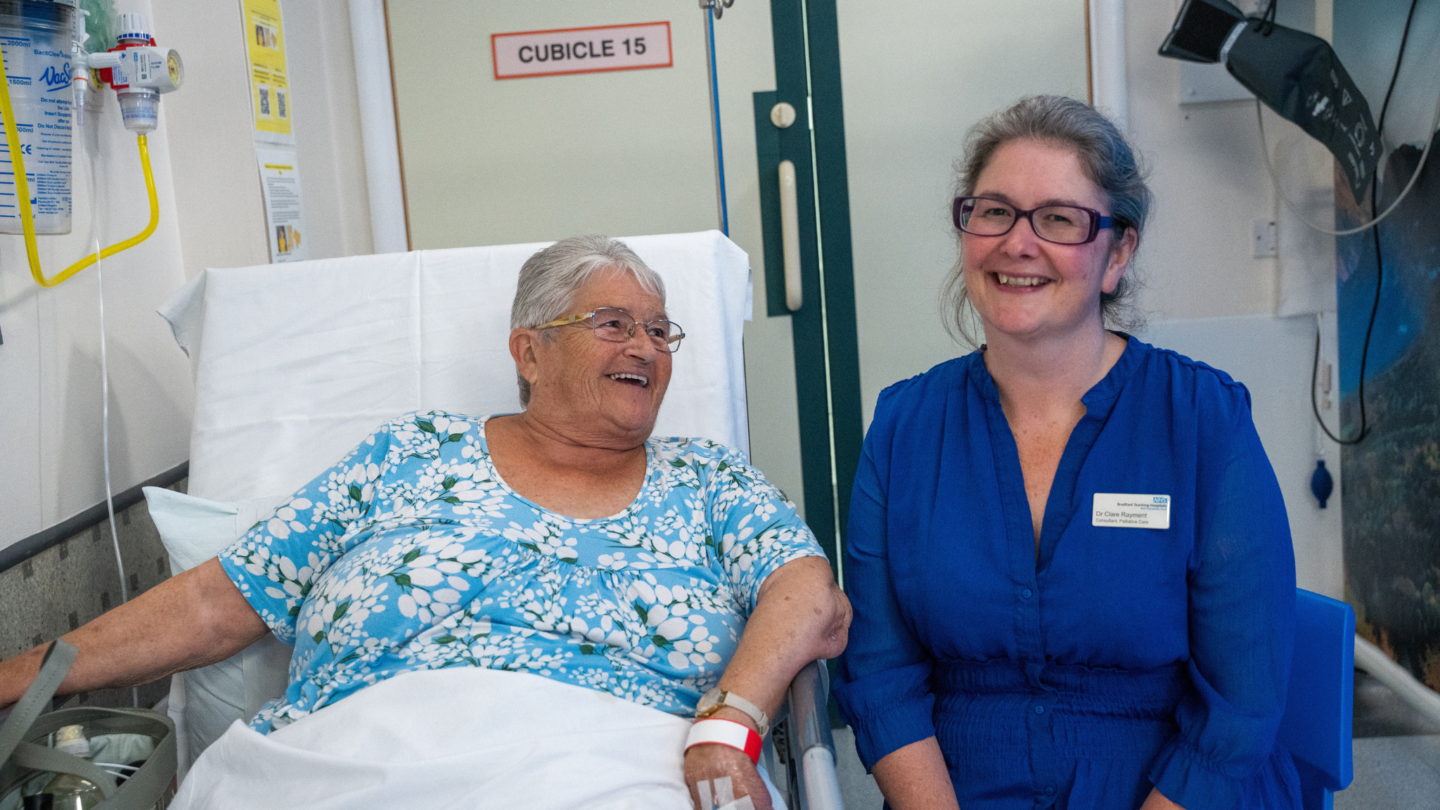
Embedding quality outcomes in UK end of life care services

15 months ago my colleague Di Howard reflected on the need to embed patient-centred outcomes into social investment projects. I want to detail what we have done since, why we have done it, and where we hope to go in the next 15 months.
Last year we decided that all Social Finance end of life care projects would include at least one individual patient centred outcome measure (PCOM) as a key performance indicator, alongside more traditional activity and financial indicators. Which measure was collected, analysed, and displayed was up to the local clinical team, and our team would provide support where we could.
With support from Wolfson Palliative Care Research Centre, Hospice UK, and Macmillan, Social Finance developed and launched PCOM360: a practical tool to assist analysing and displaying patient-centred outcome measures for frontline end of life care services. The tool launched in spring 2023 and is freely accessible on the Hospice UK website.

PCOM360 aims to streamline analysing and displaying patient-centred outcome measures. It provides 23 different visuals for four different patient-centred outcome measures including Palliative Phase of Illness and the Integrated Palliative Care Outcome Scale.
The tool is only one in a suite of open access resources which also include a clinical user guide to help frontline clinicians and project managers understand which specific visuals are best for their service and needs, and a downloadable version of the tool which could then be adapted by local organisations.
Why did we do this?
Across my last four years in the Health + Social Care team I have moved from an analyst on our graduate programme, building dashboards for our services during Covid, to a manager overseeing our biggest end of life care programme to date and presenting data analysis to new investors. Over this time I have had a lot of conversations about how we can improve outcomes for people at the end of life and why social investment is a good way to do that.
Social investment provides up front capital to test a new service and examine whether it improves outcomes for users over the project’s lifetime. Many stakeholders therefore associate social investment solely as a mechanism to bring in capital to test new services.
PCOM360 highlights that we aim to provide a lot more value than simply granting access to a new pool of funding. Our partnership also enables us to share learning from projects across the system and hopefully address problems more efficiently. I saw the same problems across different data systems which were broadly:
- Limited capacity in teams to analyse data and share learnings. Most teams are resourced on a small budget to keep costs low, which makes sense in the short term. In the long term though, a budget without space for reflection and learning doesn’t allow the team to think strategically around problems as they arise.
For example, staff in a hypothetical service may see lots of late referrals from a GP, but there may be no space to collect the data, build the case and highlight why that GP should refer earlier on in a person’s diagnosis to improve the outcomes for the patient. - Siloed skillsets in a team. A clinician in A&E could be passionate about providing an end of life care service in the department, but to enable change they would need to build the case to senior management. Some clinicians I have worked with do enjoy playing with Excel and others I have worked with could think of nothing worse than being stuck in a front of a screen rather than talking to patients.
Regardless, most don’t have the granular knowledge on the ins and outs of their specific data system which ultimately spits out a summary report. That skillset, knowledge and experience is typically held by an analyst potentially sitting in another room or even a site across town. Without resource from both stakeholders, you’d struggle to build a clinically useful (and functioning) data flow.
I see our value as building capability in the health and social care system to collect, analyse, display and share data to ultimately inform patient centred care. PCOM360 aims to streamline analysing and displaying data and enable that learning to be applied across end of life care services.
It’s launched – but now what?
A launch is never the end of the road. I have spoken to 12 partners across the UK who have used the tool over the last six months to understand what difference it has made to their work. Some excellent feedback from a few obviously made us feel quite pleased.
I cannot tell you how over the moon we are to have this tool to bring our data to life, thanks so much!
Ayrshire Hospice
However many have still struggled to jump that first hurdle and actually get a coherent data output to analyse. End of life care services across the UK vary across different organisations, settings, and ultimately data systems. We did not design PCOM360 to be able to neatly align to one of these data systems, as we knew that it would alienate services in the other systems. Instead, we built a logical example data set for services to structure their outputs to.
This has been tripped up by the two barriers highlighted earlier. Many services have limited capacity and siloed skillsets to process this initial manipulation. As a result, we are looking to build a translation tool for one of the more well-used data systems to streamline use of the tool. Once finalised, this will be added to the main site to be used by other end of life care services.
We are one more step along the journey to embed patient centred outcomes and have learnt a lot in the last year. We cannot do this for one organisation, system, or setting but need to build learning across different settings to ensure there is enough data available to improve care for all.


